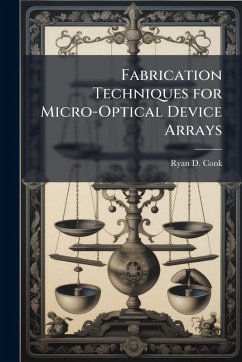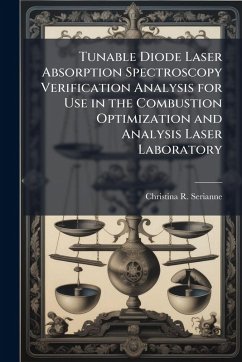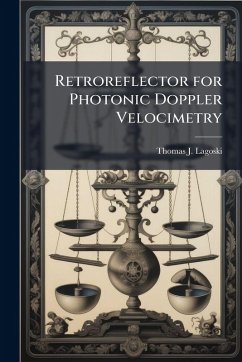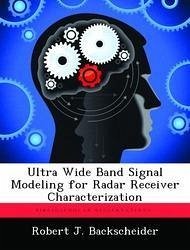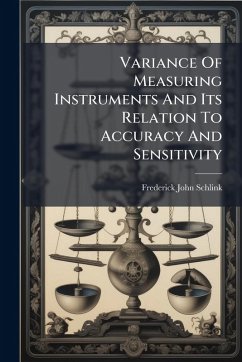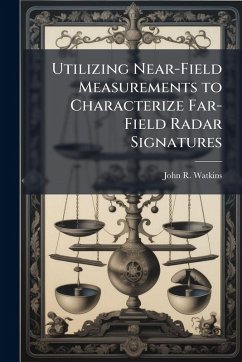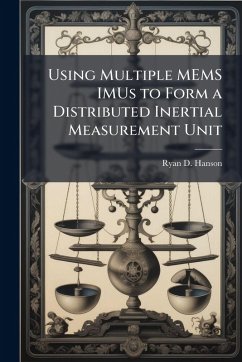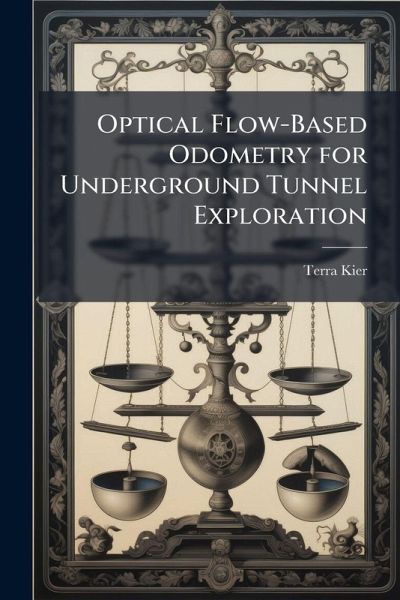
Optical Flow-Based Odometry for Underground Tunnel Exploration
Versandkostenfrei!
Versandfertig in über 4 Wochen
15,99 €
inkl. MwSt.
Weitere Ausgaben:

PAYBACK Punkte
8 °P sammeln!
As military operations in degraded or GPS-denied environments continue to increase in frequency and importance, there is an increased necessity to be able to determine precision location within these environments. Furthermore, authorities are finding a record number of tunnels along the U.S.-Mexico border; therefore, underground tunnel characterization is becoming a high priority for U.S. Homeland Security as well. This thesis investigates the performance of a new image registration technique based on a two camera optical- flow configuration using phase correlation techniques. These techniques...
As military operations in degraded or GPS-denied environments continue to increase in frequency and importance, there is an increased necessity to be able to determine precision location within these environments. Furthermore, authorities are finding a record number of tunnels along the U.S.-Mexico border; therefore, underground tunnel characterization is becoming a high priority for U.S. Homeland Security as well. This thesis investigates the performance of a new image registration technique based on a two camera optical- flow configuration using phase correlation techniques. These techniques differ from other image based navigation methods but present a viable alternative increasing autonomy and answering the tunnel based navigation problem. This research presents an optical flow based image registration technique and validates its use with experimental results on a mobile vehicle. Results reveal that further extension to pose estimation yields accuracy within 1:3 cm. This work has been selected by scholars as being culturally important, and is part of the knowledge base of civilization as we know it. This work was reproduced from the original artifact, and remains as true to the original work as possible. Therefore, you will see the original copyright references, library stamps (as most of these works have been housed in our most important libraries around the world), and other notations in the work. This work is in the public domain in the United States of America, and possibly other nations. Within the United States, you may freely copy and distribute this work, as no entity (individual or corporate) has a copyright on the body of the work. As a reproduction of a historical artifact, this work may contain missing or blurred pages, poor pictures, errant marks, etc. Scholars believe, and we concur, that this work is important enough to be preserved, reproduced, and made generally available to the public. We appreciate your support of the preservation process, and thank you for being an important part of keeping this knowledge alive and relevant.



